Hol Dir den wöchentlichen SPARTANAT-Newsletter.
Dein Bonus: das gratis E-Book von SPARTANAT.
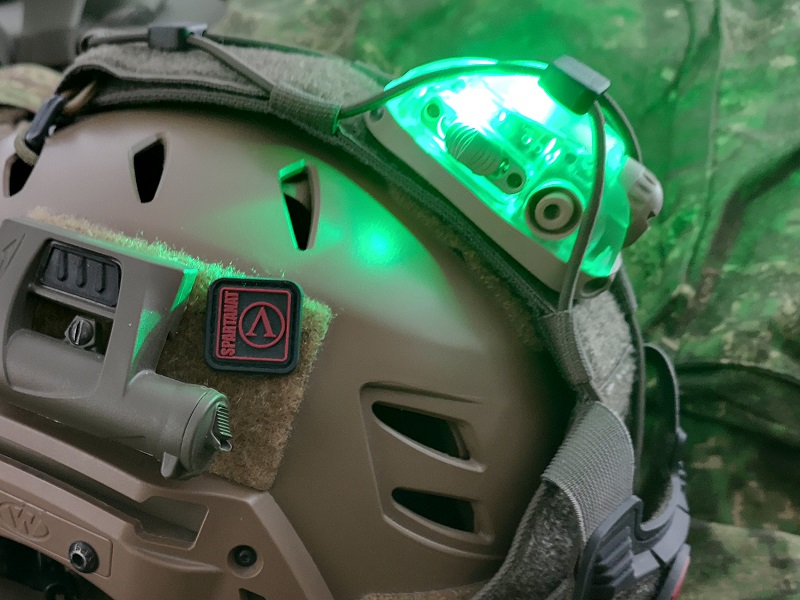
REVIEW: Adventure Lights Trilobyte Gen 4 Distressmarker
Ein Trilobit ist eine Art antiker Riesen-Isopode und hat wenig mit dem Trilobyte-Distressmarker von Adventure Lights zu tun. Zwischen ihnen liegen Millionen Jahre Evolution.
Ein Trilobite ist eine Art urzeitliche Riesenassel und hat recht wenig mit dem Trilobyte Distressmarker von Adventure Lights zu tun. Zwischen beiden liegen ein paar Millionen Jahre Evolution. Und das merkt man auch beim Trilobyte, denn es ist das fortschrittlichste Helmblinklicht, das wir jemals getestet haben. Heute stellen wir es euch im Detail vor.
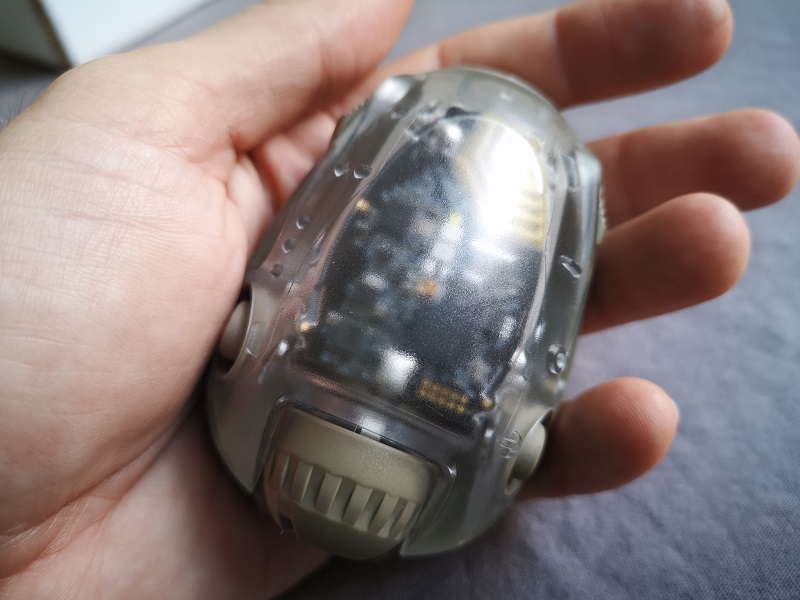
Im Kern der Sache ist das Trilobyte ein Helmblinklicht mit Abmessungen von rund 82 x 56 x 32 mm (L/B/H) und einem Gewicht von ca. 88 g. Gefertig ist es aus Kunststoff und im Inneren mit viel Technik und hellen LEDs versehen.
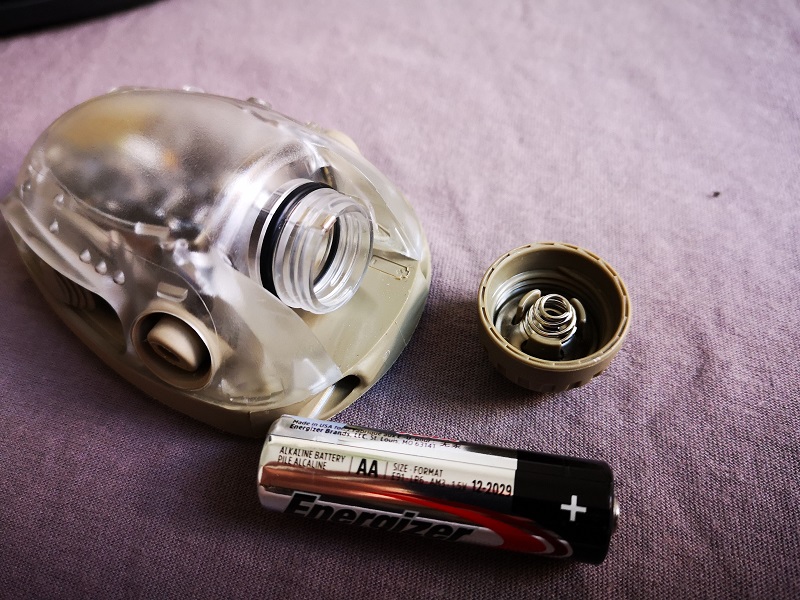
Eine Besonderheit ist, dass es eines der wenigen Helmlichter ist, welches mit einer AA-Batterie betrieben wird. In useren Augen ein großer Pluspunkt.
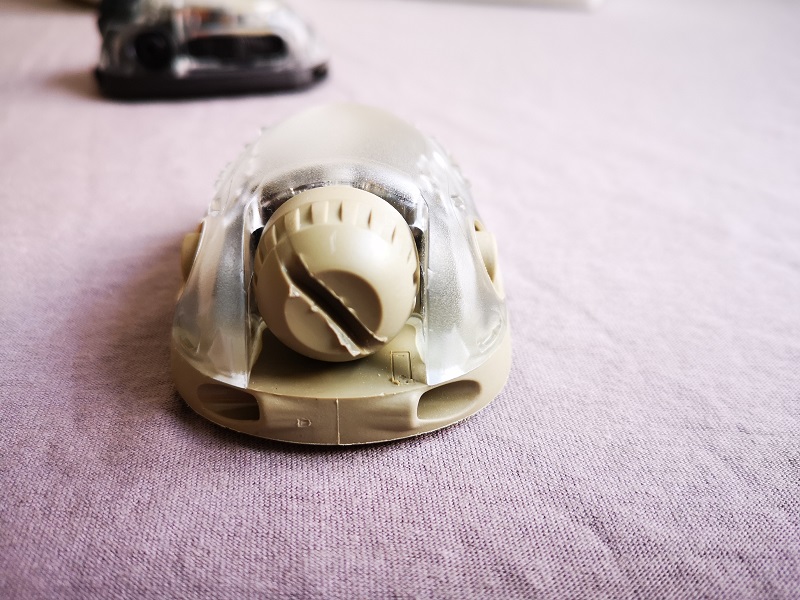
Der Batteriedeckel wird fest verschraubt und daurch ist das Trilobyte bis zu 100m Wasserdicht. Also ist ein kleiner Tauchgang damit auch kein Problem.
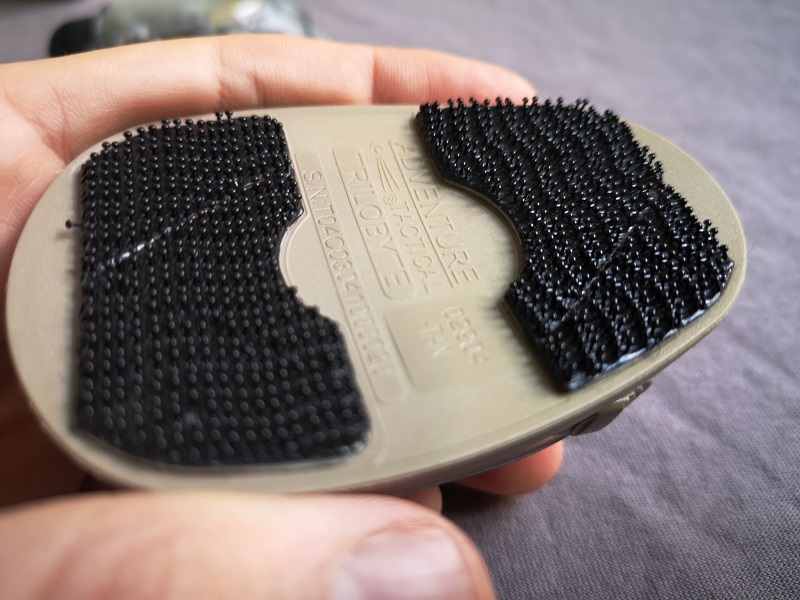
Das Trilobyte ist mit dem best haftenden Hakenklett versehen, der uns untergekommen ist.

Wer trotzdem auf Nummer sicher gehen will, für den bietet das Trilobyte vorne und hinten je eine 5mm Fangschnuröse. 550er Paracord sichert euch dann euer VIP Light ohne Probleme.
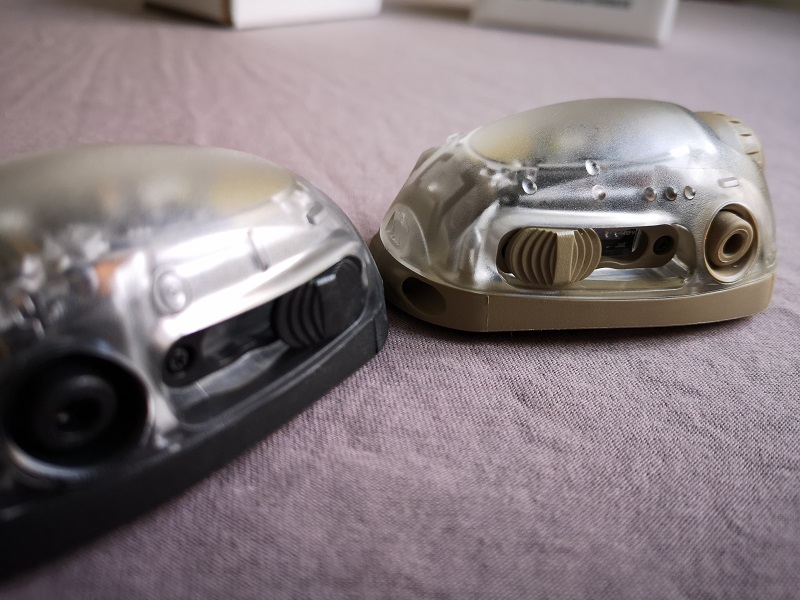
Bedient wird das Trilobyte über zwei seitliches Schiebeschalter und zwei seitliche Druckknöpfe. Die Druckknöpfe müssen meist immer zeitgleich gedrückt werden. Insgesamt kann das Trilobyte Helmblinklicht extrem viel und wir wollen es euch genau erklären.
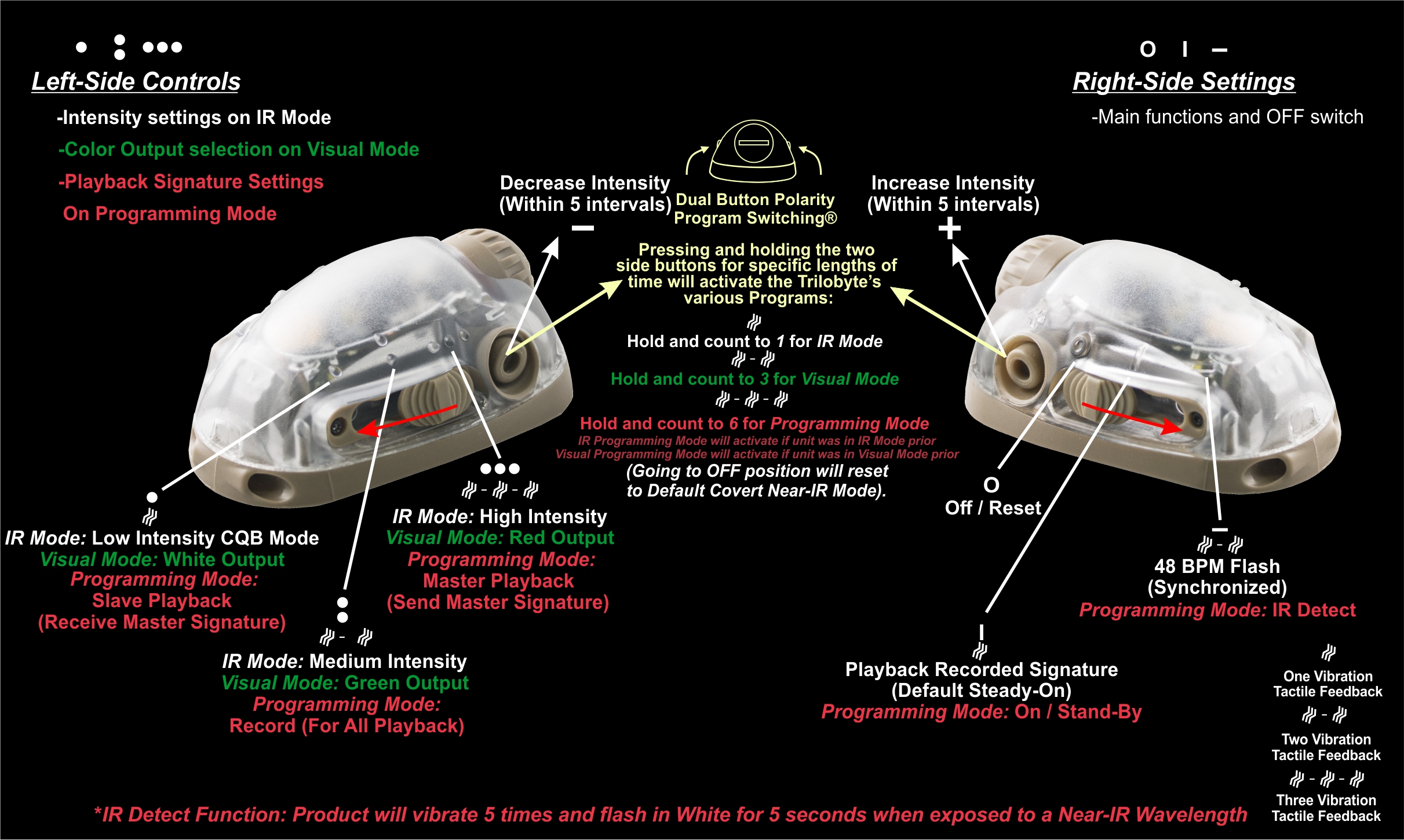
Wir haben im Internet dieses Anleitungbild gefunden und ihr seht alle Funktionen des kleinen Blinklichts.
Grundfunktionen des Trilobytes
An der linken Seite habt ihr beim Schiebeschalter drei Stellung, die mit ein bis drei Kreisen markiert sind. An der anderen Seite ist der Schiebeschalter (der Hauptschalter) mit einem Kreis, einem senkrechten Strich und einem waagrechten Strich versehen.
Zum Einschalten schiebt den rechten Schalter auf die Position „senkrechter Strich“ dann startet das Trilobyte im IR Modus mit Dauerlicht ab Werk. Das ist auch die Stellung für euer selbst eingespeichertes Blinkschema, aber dazu später mehr.
Wird der rechte Schalter ganz nach vorne geschoben, beginnt es mit 48 BPM zu blinken. Jede Schalterstellung wird euch auch durch Vibration verkündet. Dauerlicht vibriert einmal, Blinken zweimal.
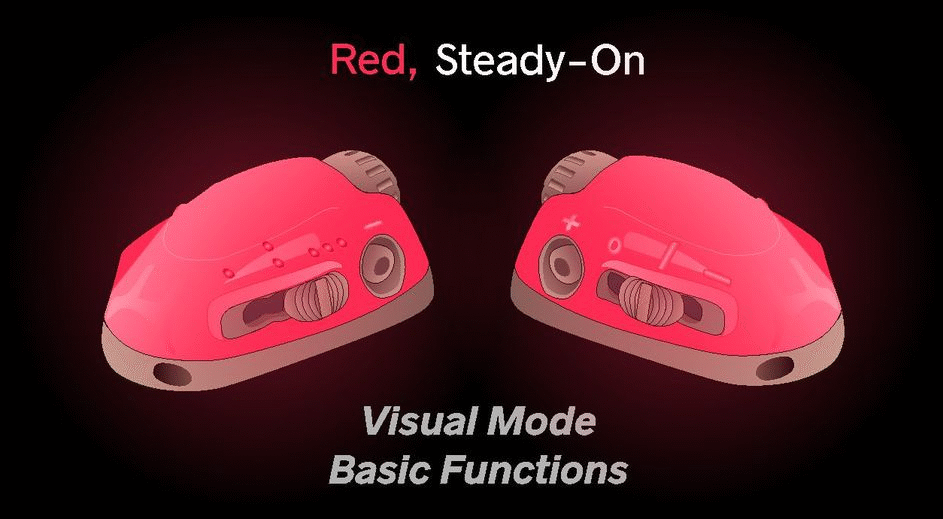
Mit dem linken Schalter schaltet ihr durch die Leuchtstärke im IR Modus und die sichtbaren Farben, aber noch befinden wir uns ja im IR Modus. Um in den Farbmodus zu wechseln, müssen die seitlichen Knöpfe für drei Sekunden gleichzeitig gedrückt werden. Nach zweimaligem Vibrieren könnt ihr nun – wie im Bild ersichtlich – durch Weiß (o), Grün (oo) und Rot (ooo) durchschalten. Auch vibriert das Trilobyte wieder in der Anzahl der Kreise. Wollt man wieder zurück in den IR Modus, könnt ihr die beiden seitlichen Knöpfe für eine Sekunde halten oder einfach aus und wieder einschalten.
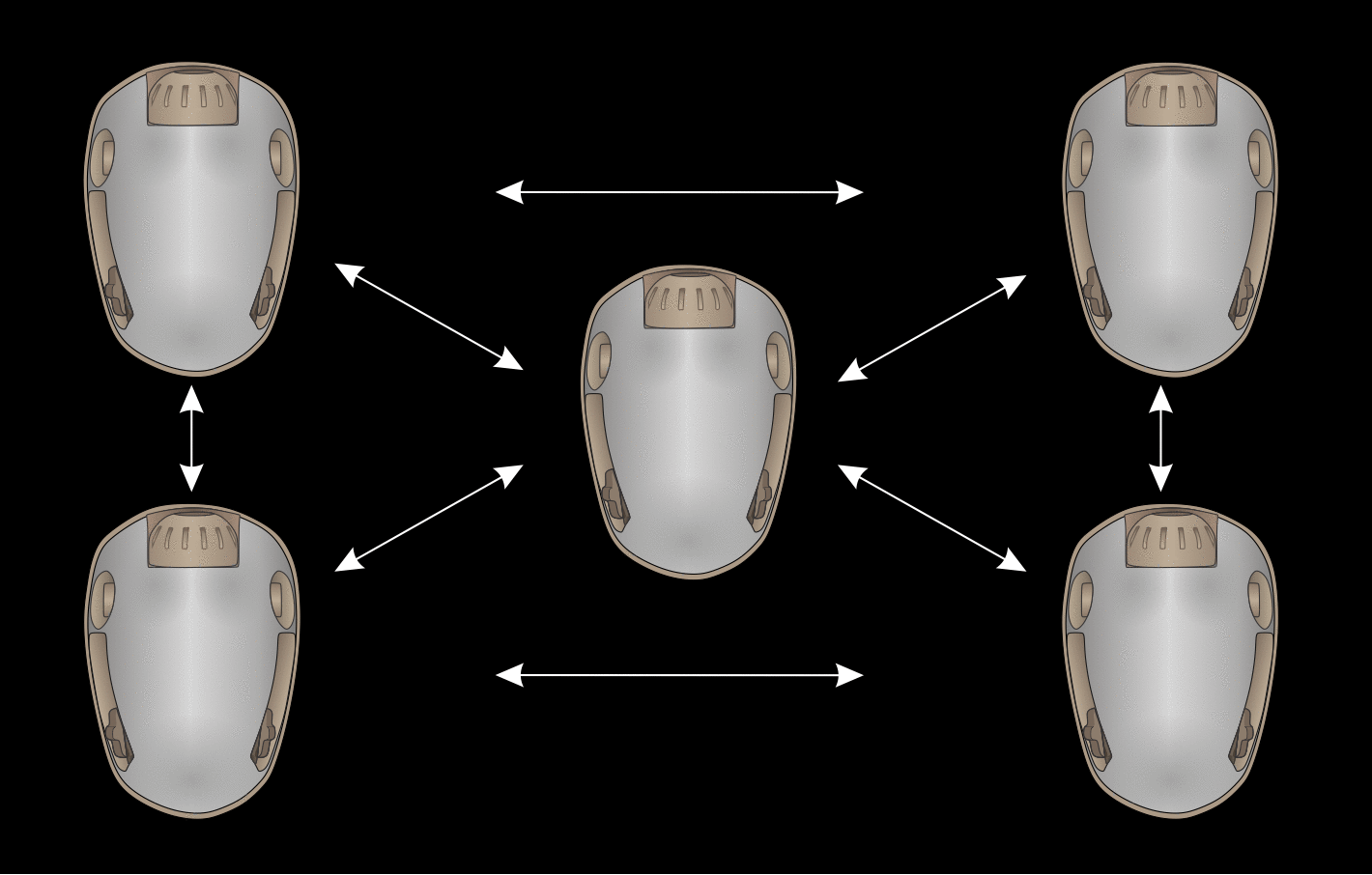
Eine wirkliche Besonderheit des Trilobytes kommt zum Vorschein, wenn es im Rudel unterwegs ist. Das Blinken synchronisiert sich nämlich mit allen anderen Trilobytes in der Umgebung. In unserem Video ist das gut zu sehen. Wer mal im Team unterwegs war, weiß das es sehr chaotisch blinkt wenn alle Männer ihr Helmlicht aktivieren.
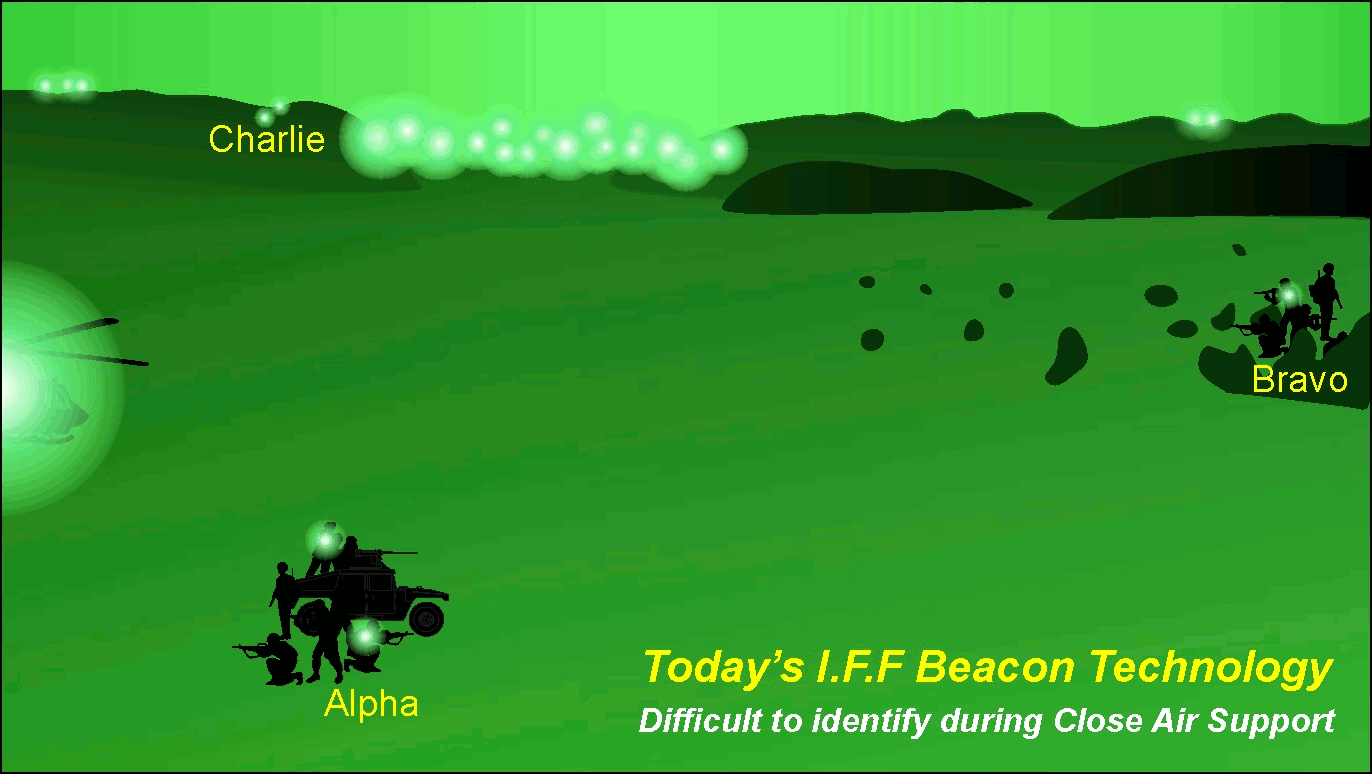
Das Bild stellt die normalen Blinklichter mit dem Trilobyte gegenüber. Die ganze Truppe blinkt einheitlich und ist dadurch besser zu erfassen. Sehr von Vorteil ist das, wenn ein Morsecode als Blinkschema eingespeichert wurde. Mit normalen Blinklichtern wäre der Morsecode nur schwer erkennbar, mit dem Trilobyte aber stellt das keine Herausforderung dar.
Erweiterte Funktionen des Trilobytes
Die Grundfunktionen sind eigentlich simpel zu erlernen und umzusetzen. Mit dem rechten Schalter den Modus wählen und mit dem linken die Farbe bzw Helligkeit. Mit dem beiden Druckschaltern wechseln zwischen sichtbar und IR. Wenn ihr nun aber die Druckknöpfe für 6 Sekunden gedrückt haltet, gelangt ihr in den Programmiermodus des Trilobytes.
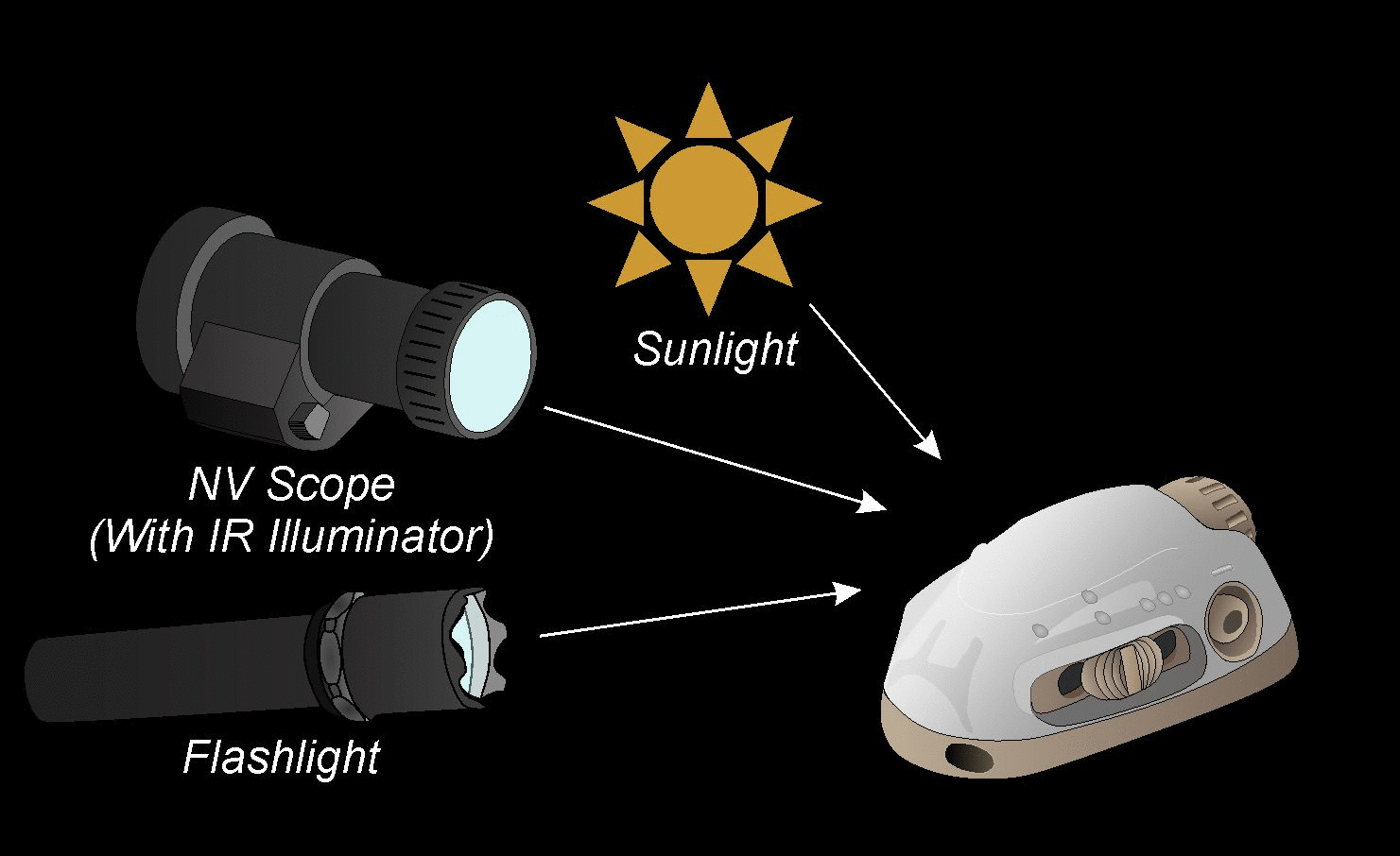
Die genaue Schalterstellung dazu ist, beide Schiebeschalter auf der mittleren Position zu haben. Nun könnt ihr euer eigenes Blinkmuster einspeichern. Dazu braucht ihr nur eine Taschenlampe, einen IR Strahler oder die Sonne.
Wir müssen zugeben, das Trilobyte nur mit Sonnenlicht zu programmieren haben wir nicht geschafft, aber mit der Taschenlampe im dunklen Zimmer hat es super funktioniert.
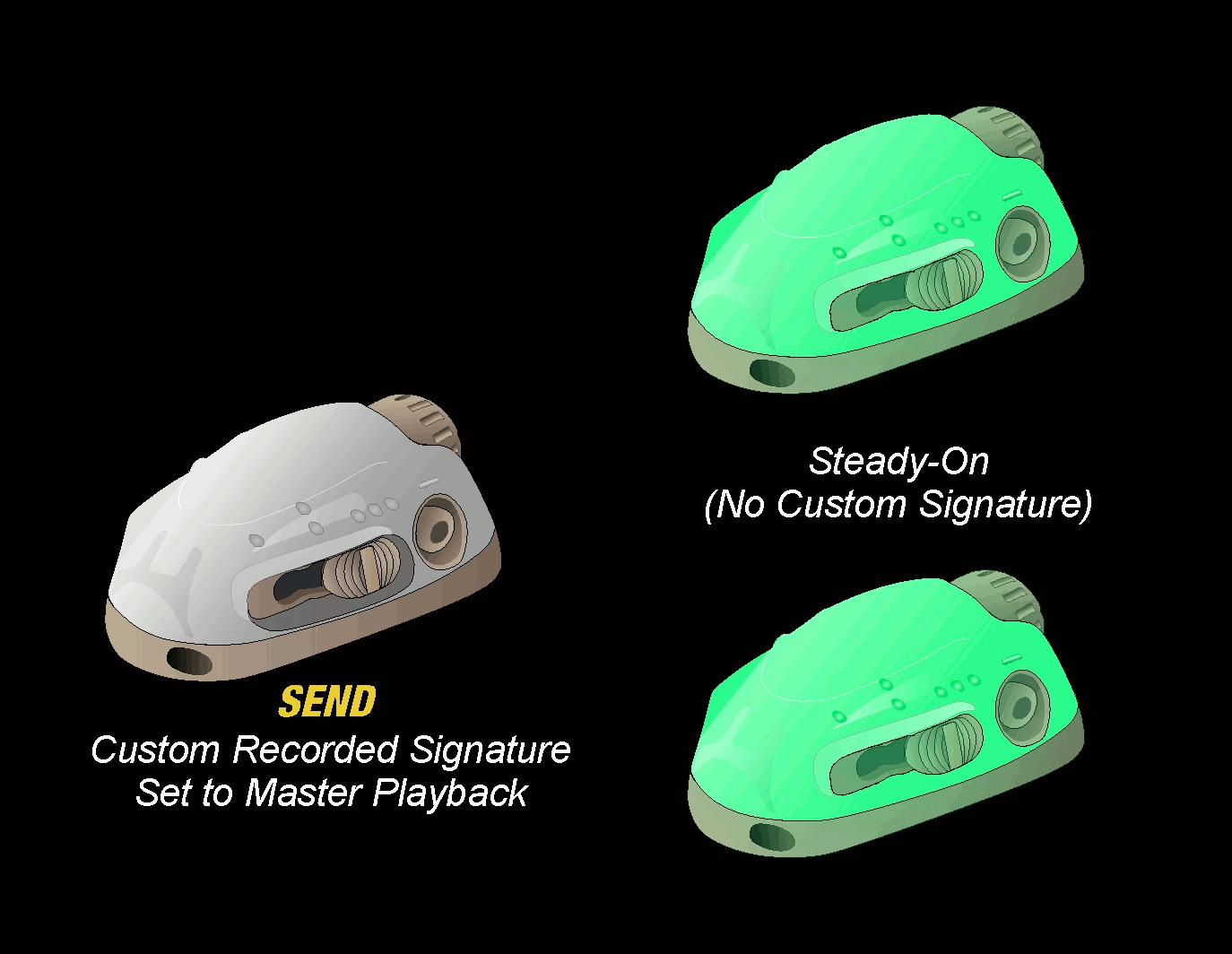
Das Trilobyte kann noch so viel mehr als nur programmiert werden. Es kann die Programmierung auch auf andere Trilobytes übertragen. Dazu muss das eben programmierte Trilobyte in die „SEND“ Funktion versetzt werden. Wir sind immer noch im Programmiermodus, also nach mindestens sechssekündigem Halten der Druckknöpfe.
Alle anderen Trilobytes, die ihr mit dem selben Blinkmuster versehen wollt, müsst ihr in die Empfangsfunktion geben. Also einschalten, am Besten auf sichtbares Licht wechseln durch Halten der Druckknöpfe für drei Sekunden. Dann weiter in den Programmiermodus wechseln und den linken Schalter in die vorderste Position schieben. Kurz warten und schon sollten alle Trilobytes im gleichen Muster synchron vor sich hin blinken. Im Video seht ihr das sehr gut.
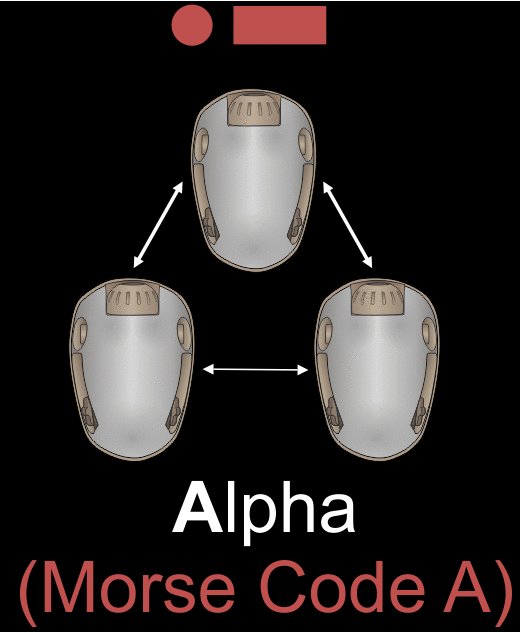
Moresecodes für verschiedene Teams sind damit kein Problem. Ihr verlasst den Programiermodus wieder, in dem ihr die Druckknöpfe für 1 oder 3 Sekunden gedrückt lasst, um entweder in den IR Modus oder in sichtbaren Modus zurückzukehren.
Benutzung des Trilobytes
Wenn man erst mal verstanden hat, wie die einzelnen Funktionen angesteuert werden, und wie das mit dem Programmieren funktioniert, ist das Trilobyte simpel in der Anwendung.

Eine Funktion hat das Trilobyte noch zu bieten, den IR-Detect Modus. In diesen gelangt ihr, wenn ihr im Programmiermodus den rechten Schalter in die vorderste Stellung (-) schiebt. Wenn dann der Sensor IR Licht registriert, vibriert das Trilobyte 5-mal und blinkt auch noch 5-mal. Durchaus eine praktische Funktion, denn das heißt, wenn in der Nacht euch wer mit einem Waffenlaser oder einem Entfernungsmesser anvisiert, warnt das Vibrieren des Trilobyte sofort vor der Gefahr. Das ist innovativ und kann lebensrettend sein.
FAZIT: Das Trilobyte Gen 4 ist eben ein Helmblinklicht der neuesten Generation und fast wie aus einem Science Fiction Roman. Sein Funktionsumfang ist extrem umfangreich und es kann einfach alles, was man sich wünscht – und das in nur einem Gerät. Die Blinksynchronisierung hat uns am besten gefallen und auch die relativ einfache Programmierbarkeit, die auch im Feld durchgeführt werden kann. Die IR- Laserwarnung ist innovativ.
Erhältlich ist das Trilobyte Gen 4 bei ACT in Black für 499 EURO in Schwarz und TAN. Auch erhältlich bei Reconcompany für 519,95 EURO.
ACT in Black im Internet: actinblack.com
Adventure Lights im Internet: adventuretactical.com
SPARTANAT ist das Online-Magazin für Military News, Tactical Life, Gear & Reviews.
Schickt uns eure News: [email protected]
Werbung
Hol Dir den wöchentlichen SPARTANAT-Newsletter.
Dein Bonus: das gratis E-Book von SPARTANAT.


